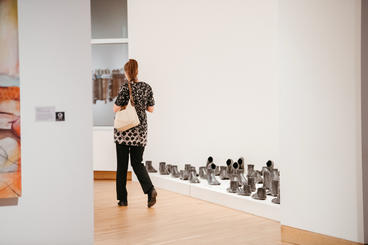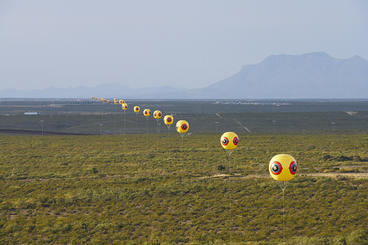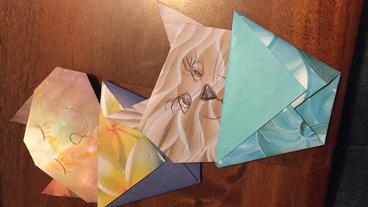FEATURED ESSAY
Exploring the intersection between art, food, and hospitality; FEAST takes us through the course of the artist-orchestrated meal. Starting in the 1930’s with the Italian Futurists crusade against pasta and continuing into today with Tom Marioni’s Drinking Beer with Friends is the Highest form of Art. Artists emphasize the elevation of the meal as a space for understanding, exchange, and, art. The pieces in FEAST act as archives for the meals that have and will occur both in and outside of the museum.
As an Art student, a member of the WAM Collective, and Special Projects Intern at the Weisman; I've been looking into FEAST and its relevance within art, art institutions and within the University. I've decided to pull images from my own history with food, art, and hospitality into a narrative of how I understand the questions that are raised in FEAST.
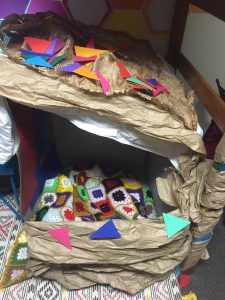
What is hospitality?
Hosting is about creating a space, it creates the tone and determines how guests feel during the interaction. Hospitality is about making that space a welcoming one. As the host you become responsible for the well being of your guests which traditionally creates an uneven dynamic. A lot of FEAST artists play with the role of the host and guest interchangeably. With a homemade fort there isn't room for uneven dynamics, literally. When you invite your guests to
help you create the space, the collaboration blurs the roles of the participants and performer, as well as the host and guest relationships.
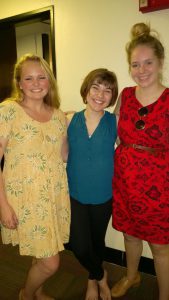
What does it mean to be hospitable in a university setting?
A distinction between eating and the artist orchestrated meal is the intentionality of experience. The framework of where, when, and why was planned but the experience was a created somewhat spontaneously together. Our planned and intentional framework at the University is our Campus Climate but ultimately our experience is created with those around us. This is me in August a few days before move in day meeting my neighbors for the first time. I was relieved to know that we would become friends.
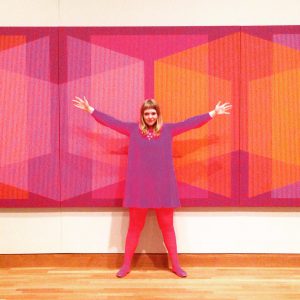
In an art museum?
Hospitality being as much about the people as the place, art museums became home to me when I got to know the staff. I had always loved going to see art but being part of it allows for a relationship to develop and experiences to be expanded on. A meal is temporary and doesn't take up very much of our time but eating a meal with someone can be a very impactful and memorable experience. As a museum, we would like to act like a meal. At a meal you bring your personal history, culture, and, taste preferences with you. You have conversation, you exchange information, you laugh, you learn, and you feel like you took part in something. FEAST demonstrates how institutions have acted as meals in the past and perpetuates the participatory mindset.
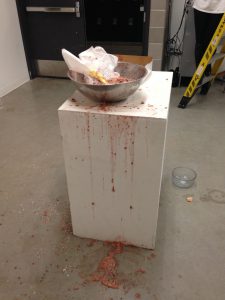
When is hospitality radical?
Hospitality often is associated with food but food isn't always hospitable. Hospitality can differ depending on the context, and how food is presented. Being an art student who explores food and works at a bakery I can understand how hospitality can be changed radically. Donuts and baked goods look welcoming and tasty but, besides being horribly unhealthy are delicious pockets of temptation. During my performance piece, Donut Soup, I mash donuts, milk, frosting, glaze, and sprinkles together in a fury. Taking something familiar and welcoming and turning it into something that asks questions brings hospitality into a grey area of where warm and fuzzy feelings and critical analysis occurs. Hospitality is sometimes an invitation to engage rather than just feel.
